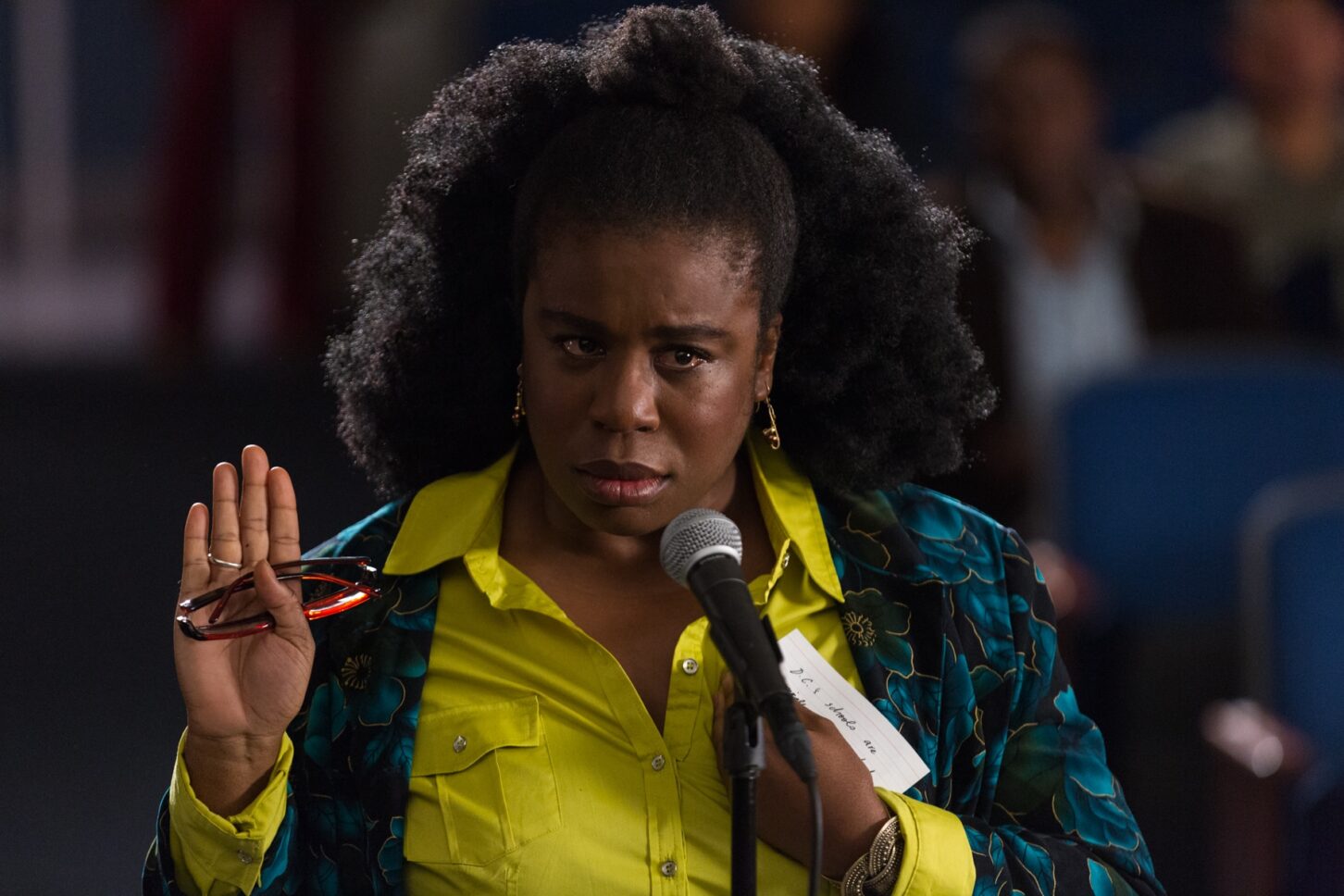
Imagine sitting in a Congressional hearing room listening to testimony from one of your opponents, a public high school principal. He tells the collected members of the House of Representatives that the scholarship program you have labored on for years would literally “steal” from a school that “can’t even afford chalk.”
At that point, most people would try to sneak out of the hearing and hide.
Virginia Walden Ford never hid when her opponents lobbed vicious charges at her. She confronted their myths head on, won a victory for D.C. students, and now her story is a movie showing on big and small screens all over the country: “Miss Virginia.”
“Miss Virginia” details the struggles of Ford and other families to establish the D.C. Opportunity Scholarship Program. These scholarships allow thousands of students to attend the private school that is best for them, not the school D.C. assigns them based on their ZIP code.
Wealthy enclaves in Northwest D.C. have some of the nation’s most exclusive and high-powered private schools and several quality public schools. Yet, the majority of D.C. public school students struggle in schools with low graduation rates and serious problems with crime and violence. Even promising students struggle to get a basic education. Two D.C. schools may be only miles apart, but worlds away.
In the film, Virginia’s son struggles to stay in his public high school and stay out of trouble. In a meeting at the school (which she enters only after checking in with an officer and passing through a metal detector), the principal tells Virginia that the school simply can’t worry very much about students who don’t want to be there. Students like her son, who was skipping out on classes.
Instead of giving up, Virginia enrolls her son at an orderly and creative private academy. He starts embracing school, but even with working nights as a janitor, Virginia can’t pay the tuition. As she is emptying a waste basket, she comes across a report about school spending showing just how much D.C. public schools spend per pupil – twice what she is trying to raise for her son’s tuition. Virginia makes it her quest to create a new school choice scholarship program in D.C. modeled after existing programs in Milwaukee and Cleveland.
To accomplish that goal, Virginia has to overcome the myths put forth by the opposition, the first of which is that educational choice programs take money from public schools. Virginia’s response to the principal’s accusation that choice scholarships will “steal” from public schools is forceful: “I am done with this lie about money.”
At the time Virginia was fighting to establish the program, D.C. schools were spending an average of around $14,000 per pupil per year, among the highest in the nation. Spending had been rising consistently for years, yet academic progress had stagnated or declined. Even substantial increases in funding have often failed to make any progress. When President Obama’s Department of Education studied its own $3.5 billion investment in the nation’s worst performing schools, it concluded that the spending failed to produce any meaningful results.
The D.C. Opportunity Scholarship program was funded with federal dollars, not by shifting money from public schools to private schools. Over the years, per pupil spending continued to rise at D.C. schools and is now over $19,000 per pupil. Those further increases haven’t moved the needle much in D.C., where 30% of students still don’t graduate on time.
Another prominent myth put forward by those who oppose educational choice programs is that students don’t benefit academically. That hasn’t proven to be the case in D.C. Virginia saw that success firsthand when her son graduated as valedictorian in his class even though he was testing below grade level when he was in public school. Studies have shown that students receiving D.C. Opportunity Scholarships graduate from high school and attend college at higher rates.
Another charge was that students remaining in the public schools would be worse off. In the film, a D.C. lawmaker says that Virginia’s plan will hurt poor people and signs shown in the film say that Virginia is “destroying our public schools.” To the contrary, there is overwhelming evidence that educational choice programs help struggling public schools.
There have been 34 empirical studies of the effects of these programs on public schools. In 32 of these studies there were positive effects on public schools. In D.C. specifically, researchers found that the program had no effect on public schools in part because the program was designed to minimize any effects.
Finally, a common misconception of educational choice programs is that they benefit only the best and brightest students from affluent families. This was never the case in D.C., where students receiving scholarships came from families with an average income of just over $22,000 – just barely above the poverty line. Again, affluent and upper middle-class D.C. residents already had access to quality private and public schools, it was economically struggling families who needed help.
In the movie, Virginia concludes her Congressional testimony by saying, “There is no opportunity if there is no education. You will not deny our children the right to learn.” In reality, it wasn’t one big speech that pushed the program over the line, it was years and years of consistent effort and combating the myths with solid facts.
While educational choice scholarships have grown nationwide in the 15 years since the events depicted in the movie, there are many places in the United States where there is either no educational choice program or where funds are maxed out and children are turned away each year. “Miss Virginia” is a story that will without a doubt inspire other parents to fight just as hard for children in their cities and states.
This commentary first appeared in Forbes on September 23, 2019, and is reprinted by the Georgia Public Policy Foundation with permission.